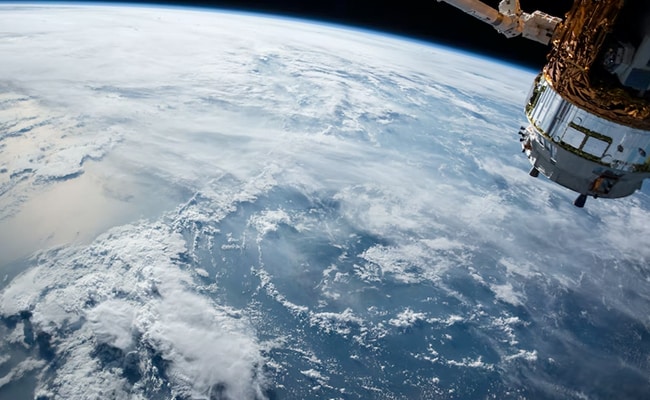
The year 2023 has been very exciting for space research.
The year 2023 has been very exciting for space research. Many missions that launched this year have increased our astronomical understanding and extended our reach further into the universe. Especially, for India, this year was an important one because the Indian Space Research Organisation (ISRO) managed the first-ever soft landing on the Moon’s south polar region. Now, as the end of the year looms, here’s a look back at the most important, fun and fascinating space stories from 2023.
Chandrayaan-3
In August 2023, India created space history by becoming the first nation to carry out a successful soft landing near the south pole of the moon. With the Chandrayaan-3 mission, the country also entered the elite club of countries – Russia the US and China – which have achieved a soft landing on Earth’s only natural satellite.
The lunar probe’s soft landing was a culmination of years of meticulous planning and execution. The monumental feat was a testament to ISRO’s engineering capabilities. It was also a beacon of inspiration for a nation that has long aspired to be among the elite in space exploration.
Aditya-L1 Mission
After Chandrayaan-3, ISRO then launched the Aditya-L1 mission – India’s first space-based solar observatory to study the Sun from a halo orbit around first Sun-earth Lagrangian point (L1), which is located roughly 1.5 million km from Earth. The Aditya-L1 spacecraft was launched on September 2 from the Satish Dhawan Space Centre, Sriharikota.
Major objectives of the mission include the study of the physics of solar corona and its heating mechanism, the solar wind acceleration, coupling and dynamics of the solar atmosphere, solar wind distribution and temperature anisotropy, and origin of Coronal Mass Ejections (CME) and flares and near-earth space weather.
Euclid Telescope Launch
European Space Agency’s (ESA) Euclid mission was launched in July 2023. The telescope successfully took off from Cape Canaveral, Florida, on a SpaceX Falcon 9 rocket. This is the first-ever mission that will shed light on two of the universe’s greatest mysteries: dark energy and dark matter.
This mission will be complete in 6 years 5 months 11 days. Euclid will create a great map of the large-scale structure of the Universe across space and time by observing billions of galaxies out to 10 billion light-years, across more than a third of the sky. It will explore how the Universe has expanded and how structure has formed over cosmic history, revealing more about the role of gravity and the nature of dark energy and dark matter.
JUICE mission to Jupiter’s moons
ESA’s Jupiter Icy Moons Explorer, Juice, was launched in April 2023. According to the space agency, this spacecraft will make detailed observations of the giant gas planet and its three large ocean-bearing moons – Ganymede, Callisto and Europa. The mission will characterise these moons as both planetary objects and possible habitats, explore Jupiter’s complex environment in-depth, and study the wider Jupiter system as an archetype for gas giants across the Universe.
NASA’s Psyche Mission to Metal Asteroid
Psyche is a NASA mission to study a metal-rich asteroid with the same name, located in the main asteroid belt between Mars and Jupiter. Psyche spacecraft was launched in October 2023. This is NASA’s first mission to study an asteroid that has more metal than rock or ice.
According to a press note, this mission is a journey to a unique metal-rich asteroid orbiting the Sun between Mars and Jupiter. By August 2029 the spacecraft will begin exploring the asteroid that scientists think – because of its high metal content – may be the partial core of a planetesimal, a building block of an early planet.








